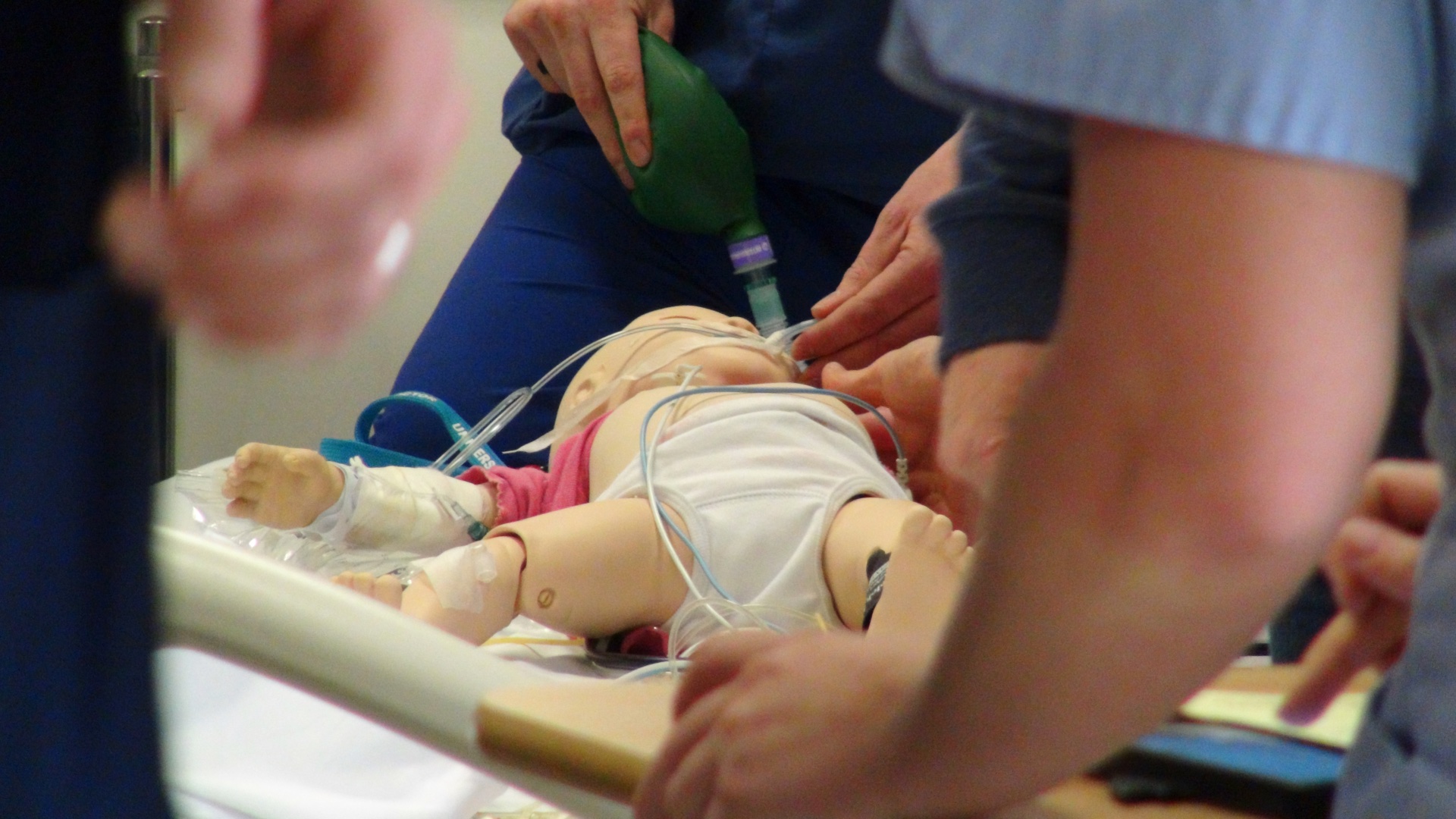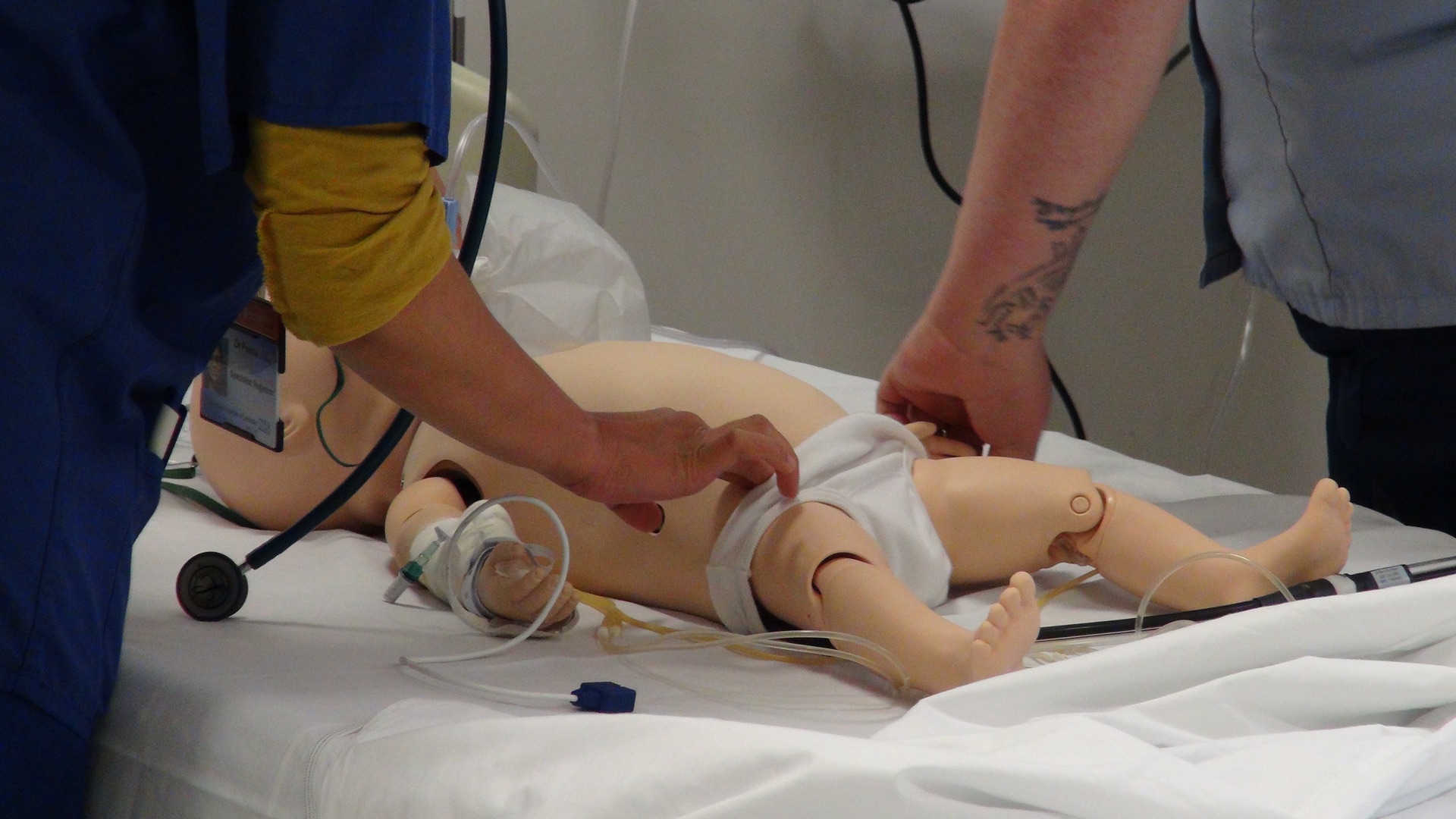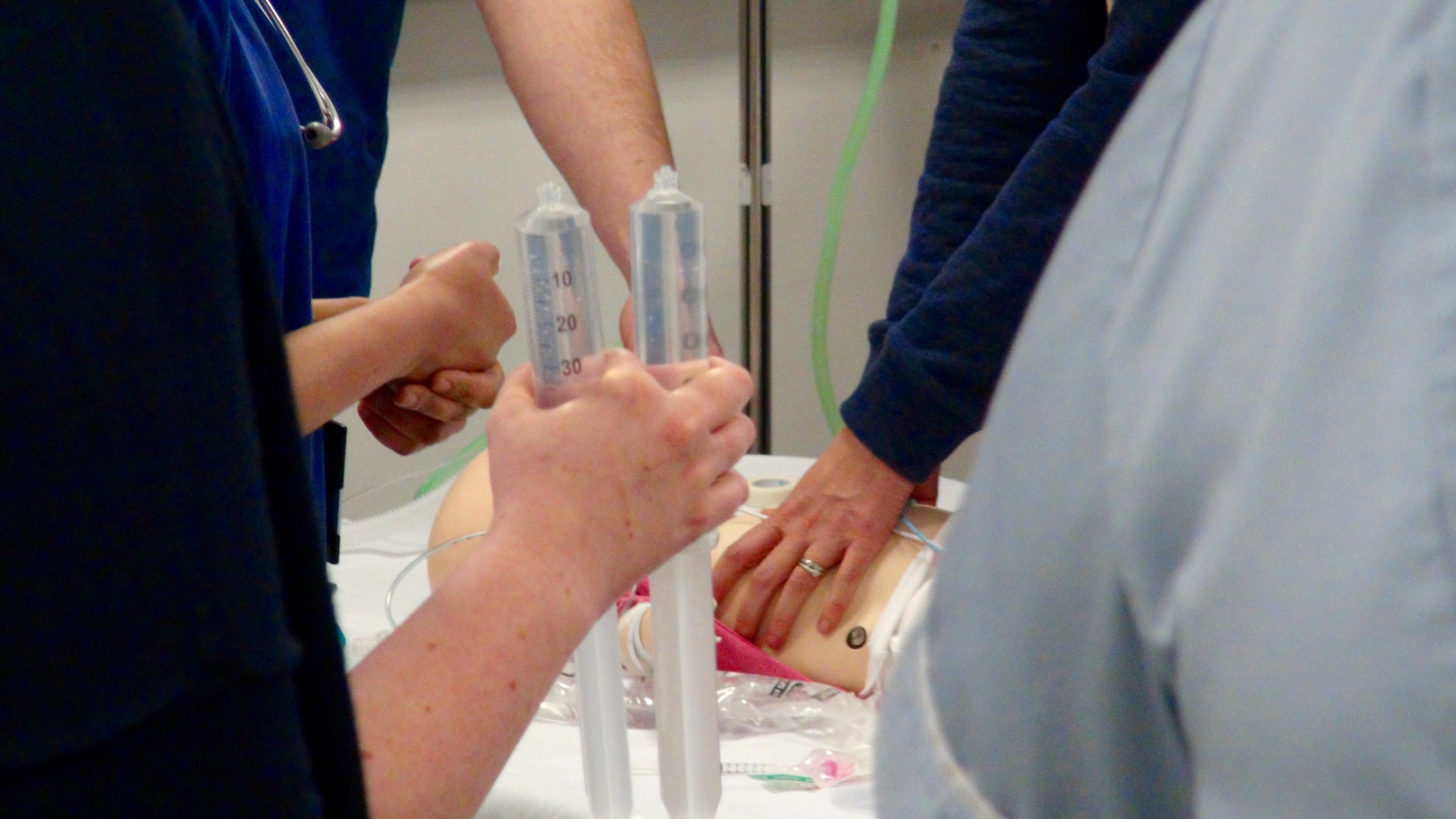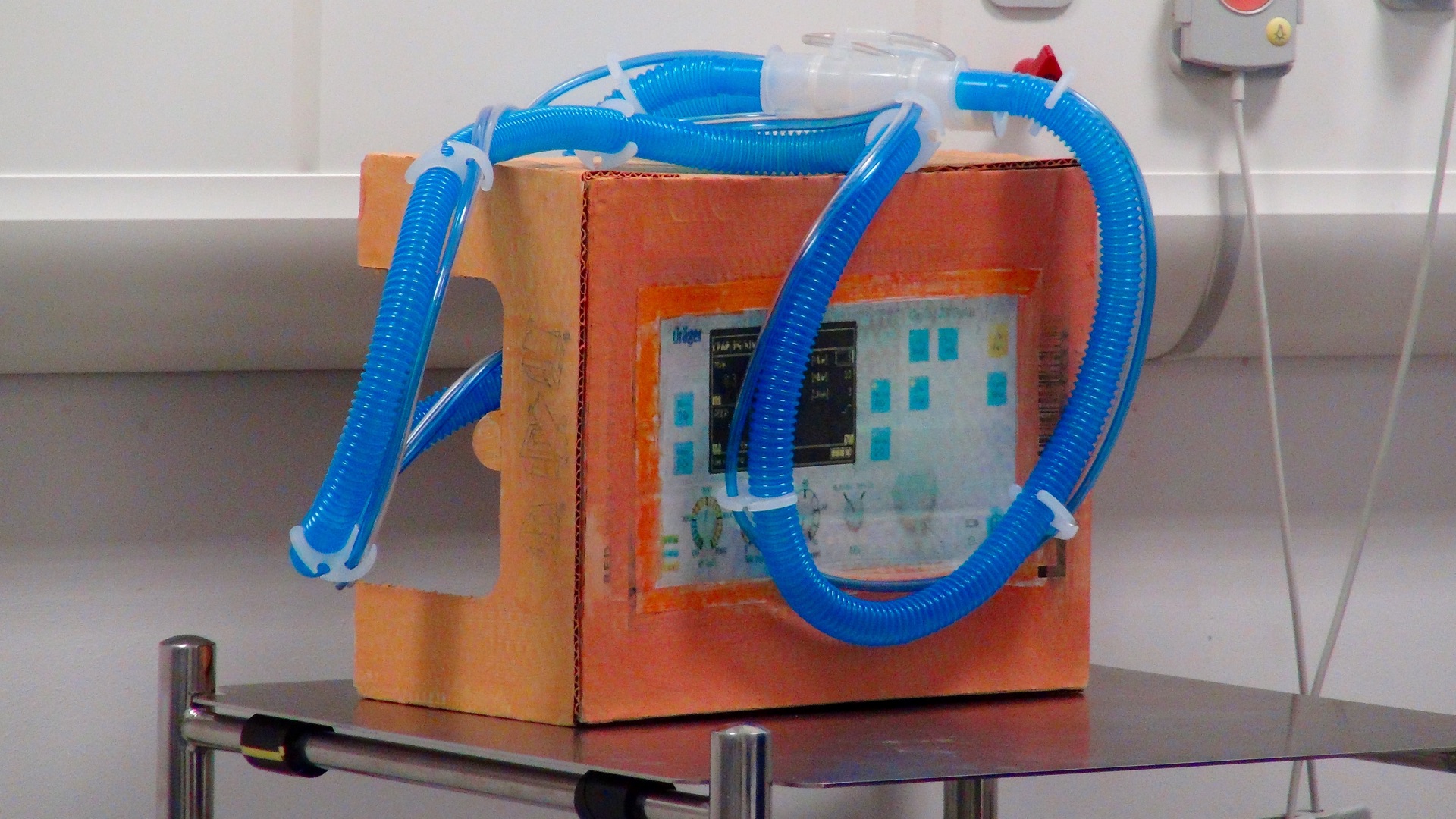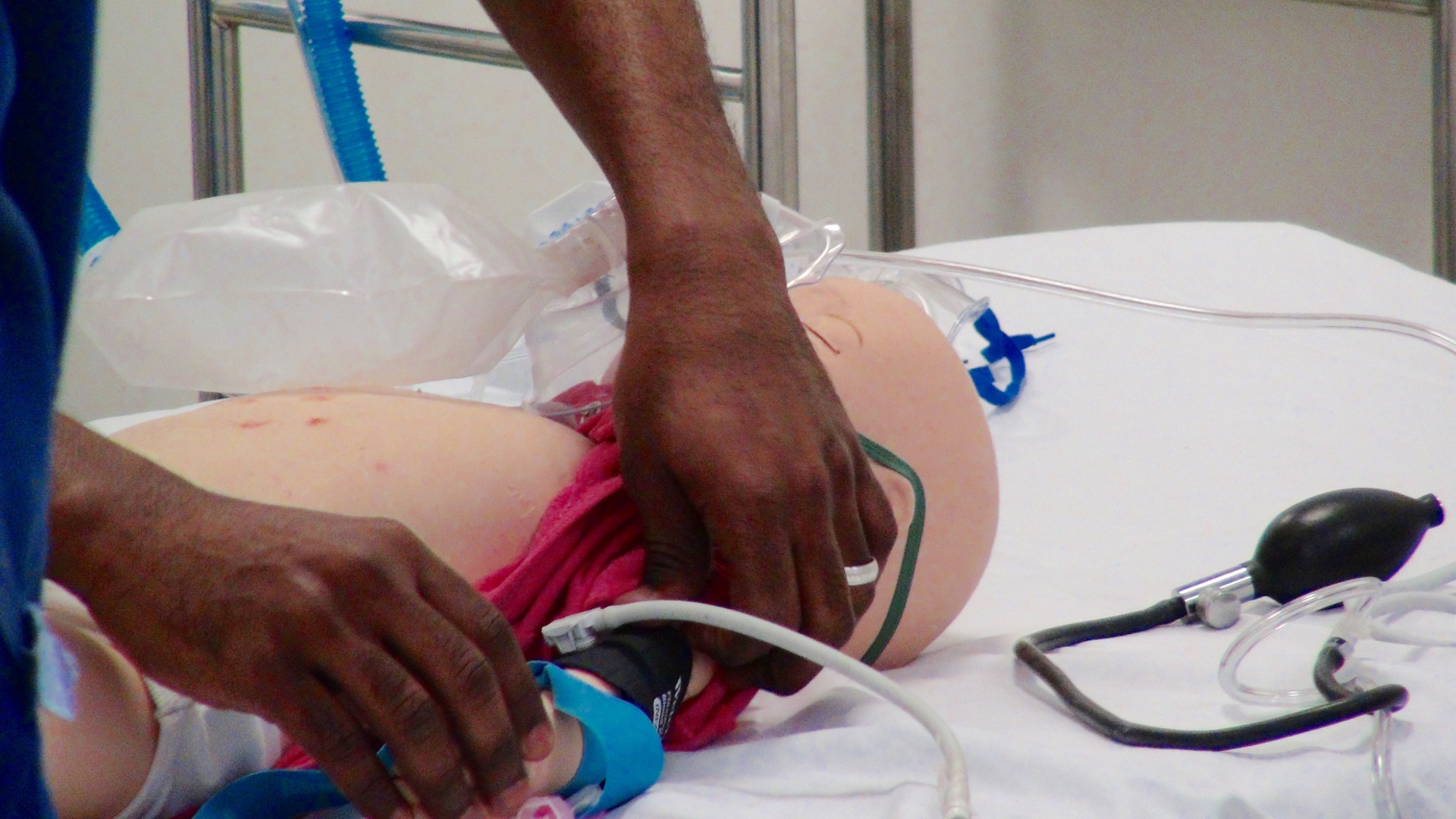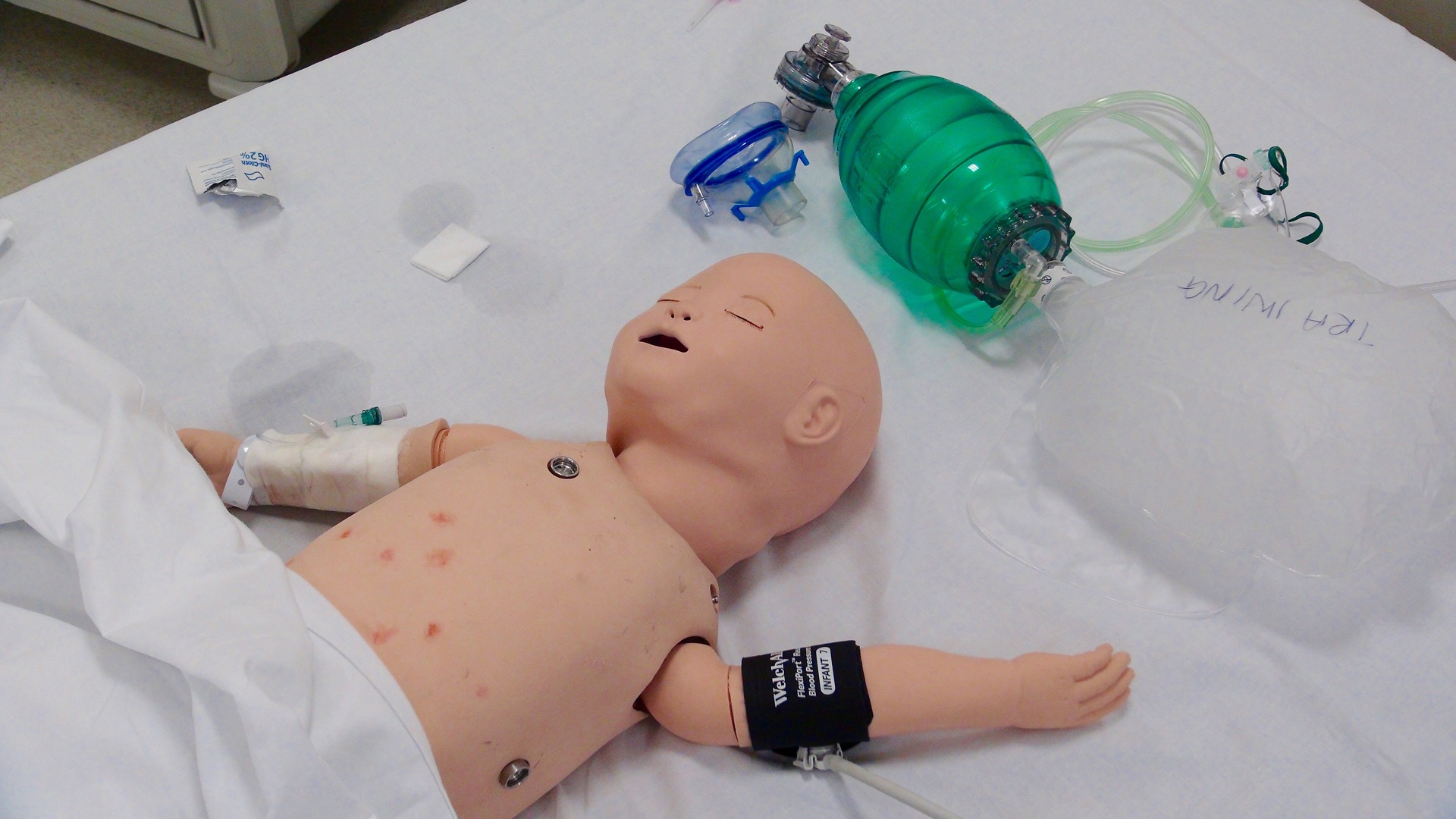PEST Case 1: Horizon Scanning
““A 5-day-old infant is brought to the ED with difficulty feeding and fast breathing.””
Assessment
Tachypnoea with SATS of 89% in air and tachycardia with CRT 3 seconds.
A systolic murmur is heard on auscultation.
Saturations do not improve with high flow oxygen.
Scanning the horizon…
Horizon scanning is a term used initially in government strategy planning, defined as:
‘A systematic examination of information to identify potential threats, risks, emerging issues and opportunities, allowing for better preparedness.’
Here we relate the team’s actions back to the image of a pilot with his unspoilt panoramic view of the skyline, using the tools available to him gather information, which he can process to ensure the safety of his passengers.
During this scenario, the team were keen to treat signs of shock in the compromised infant with a fluid bolus, however they were concerned that this may worsen an underlying cardiac failure. These concerns were discussed within the team and the team leader recommended a 10ml/kg bolus followed by careful reassessment.
The need to initiate Prostin was also discussed as the initial symptoms may have represented a duct dependent lesion. Due to the clinical instability of the patient the team called for anaesthetic support also aware of the risk of apnoeas after starting Prostin.
In doing this, they not only demonstrated an understanding of the current clinical problem but also showed insight into the potential problems that may develop during acute management and the need to prepare appropriately for this.
IV antibiotics were also administered with the view that this ‘may represent a neonatal sepsis’, thus keeping a broad differential and an overview of the whole clinical picture.



